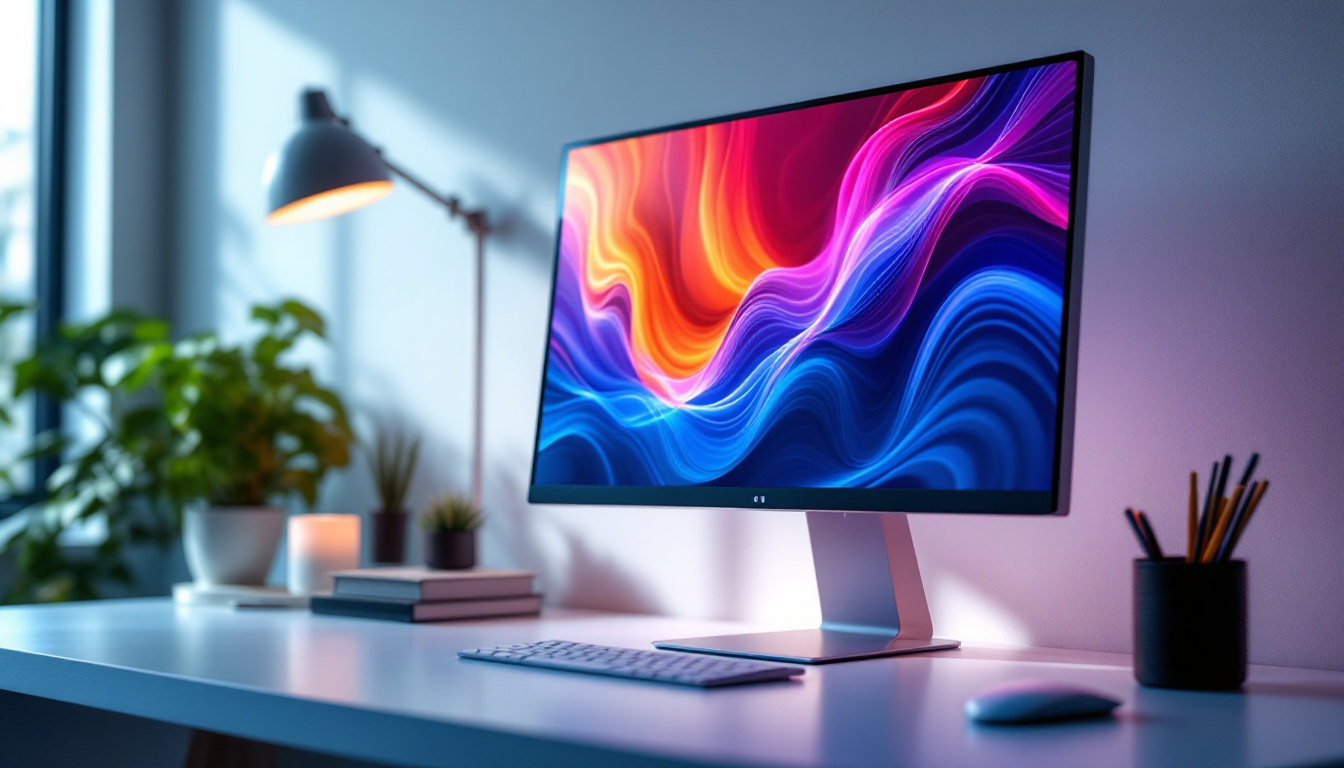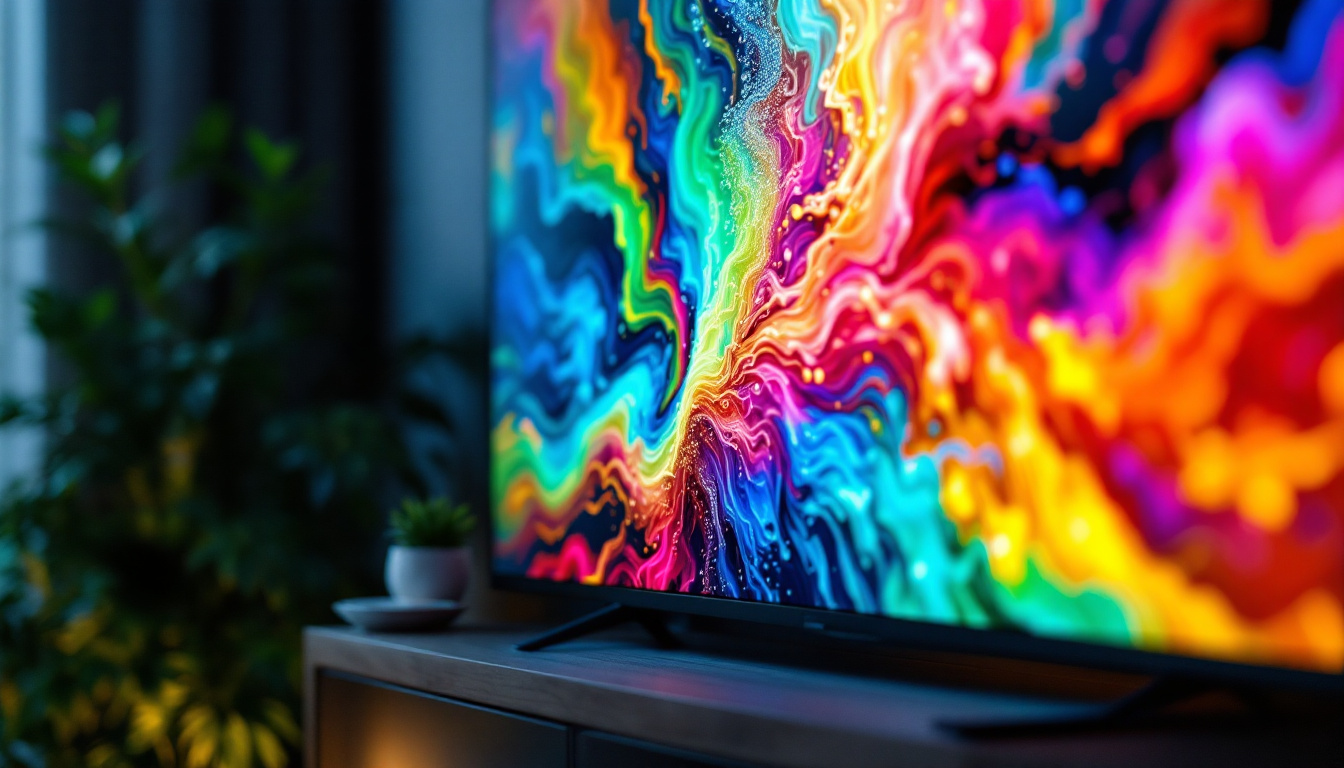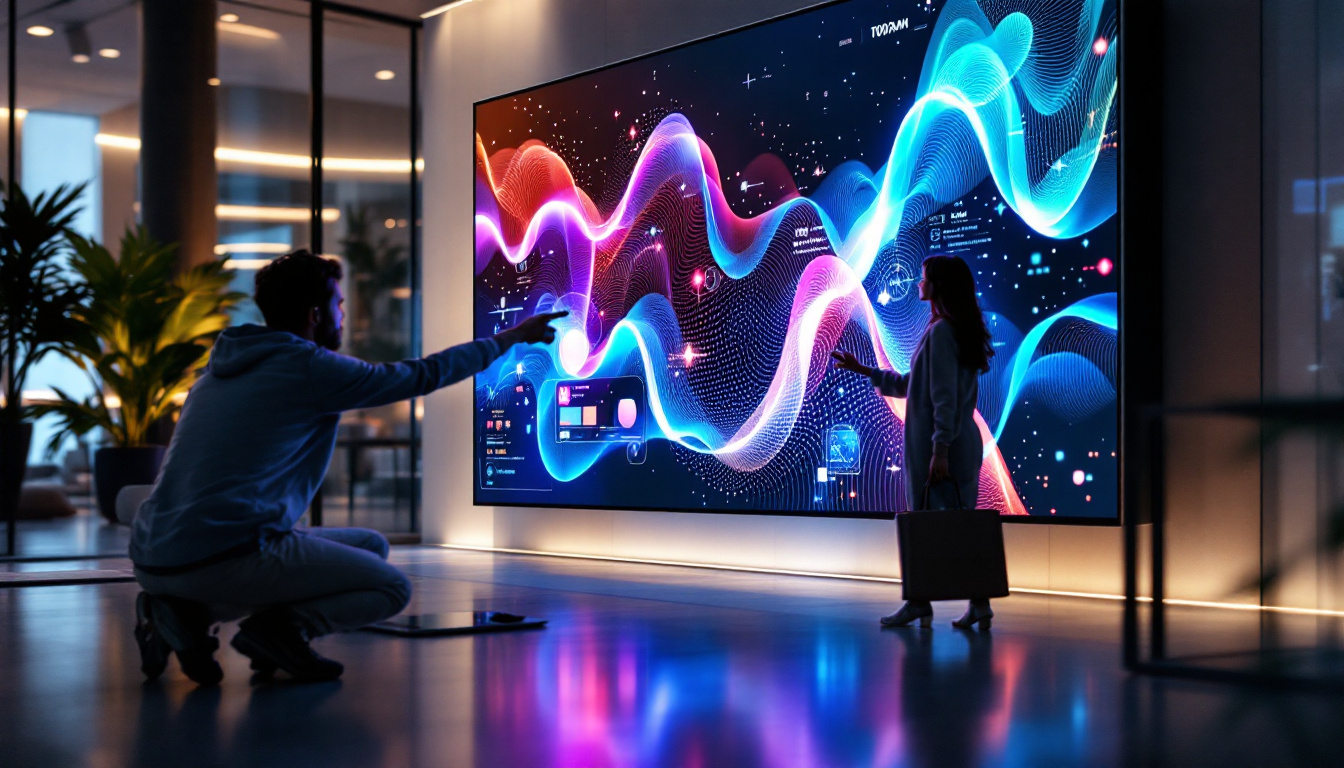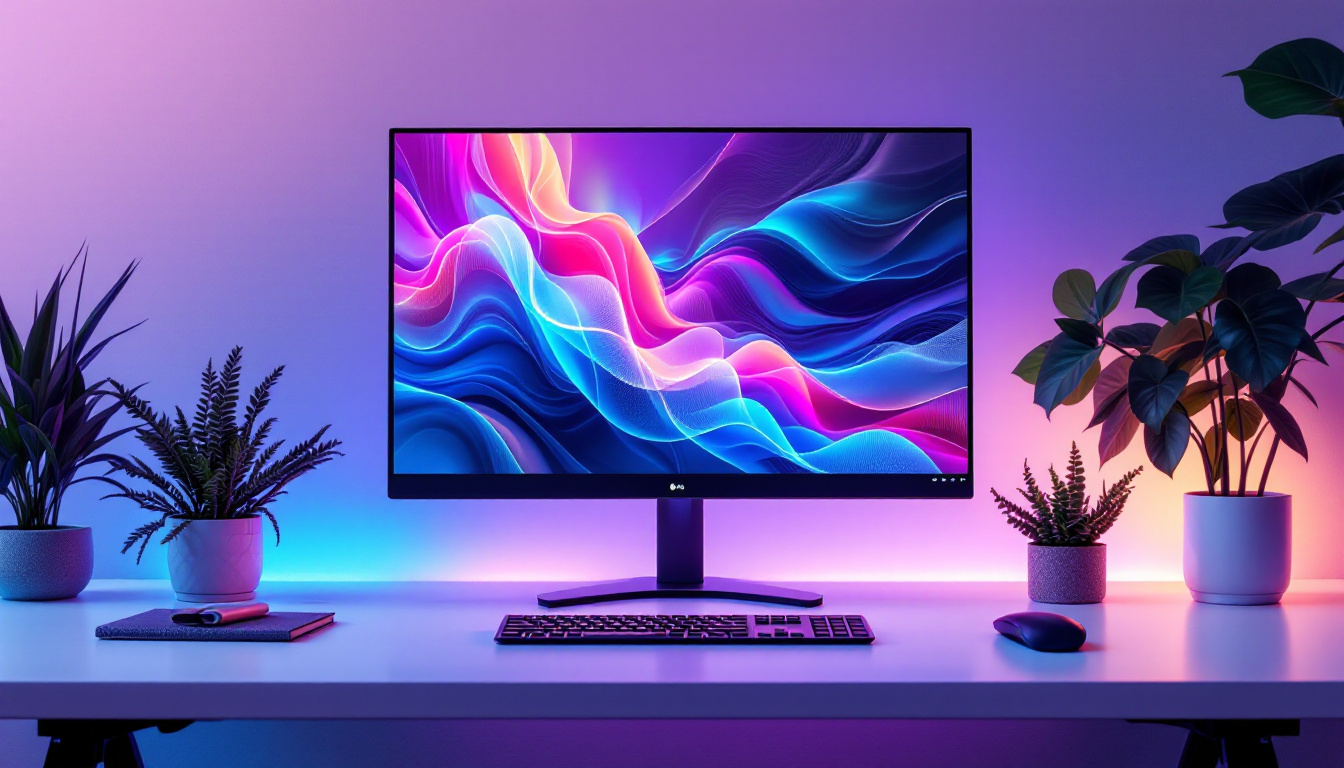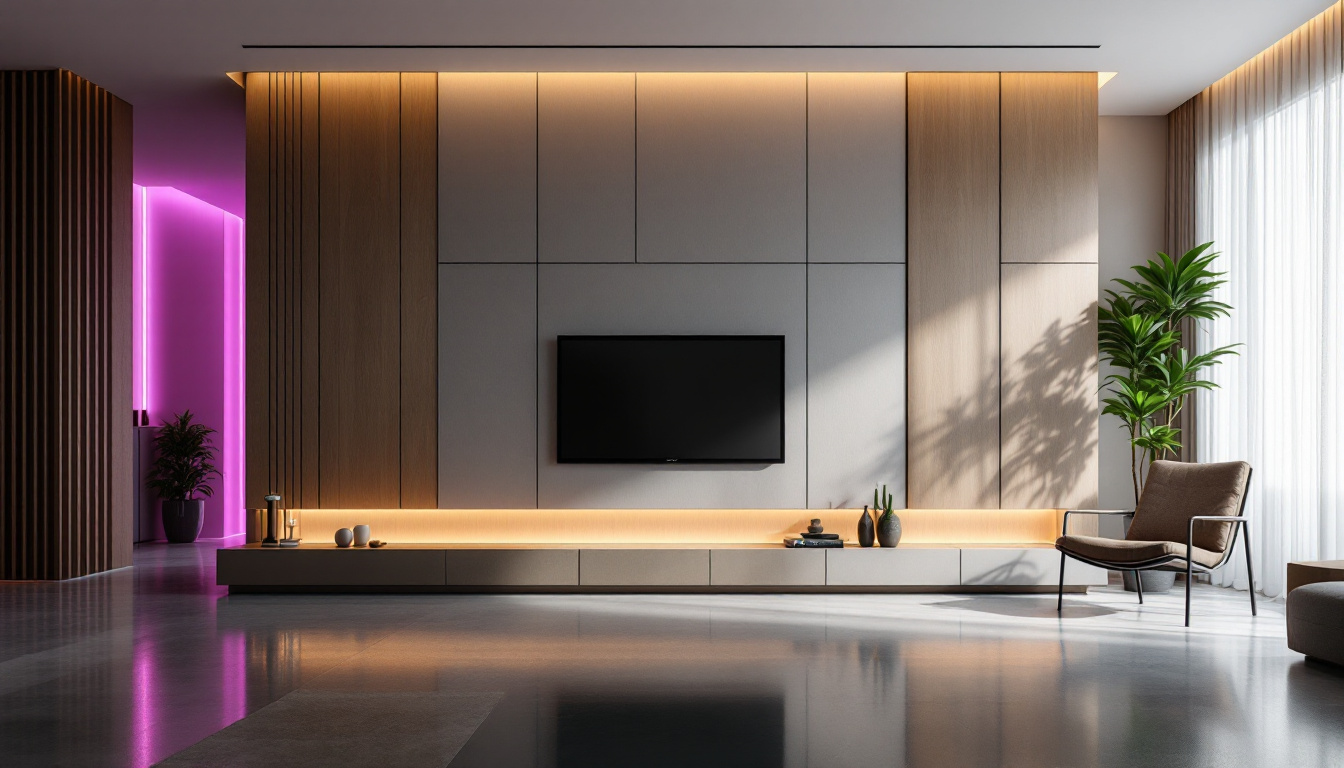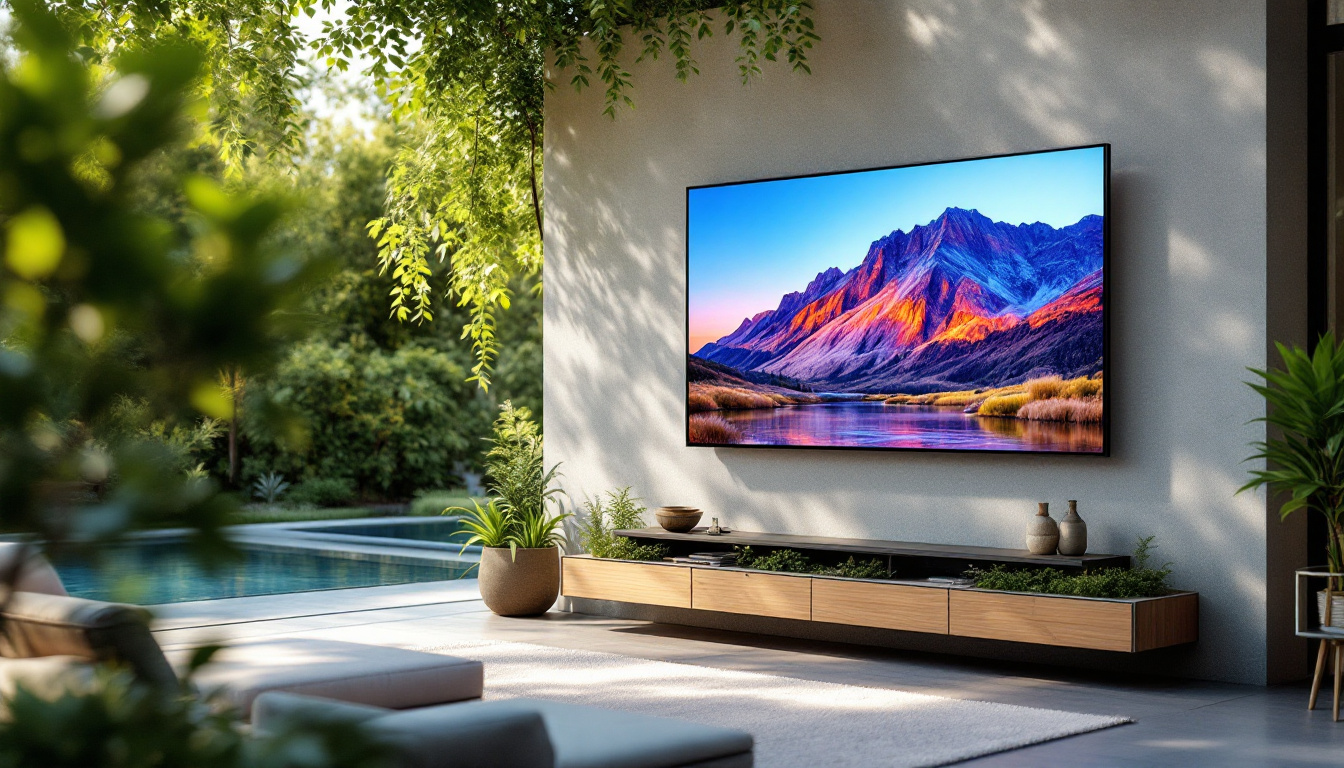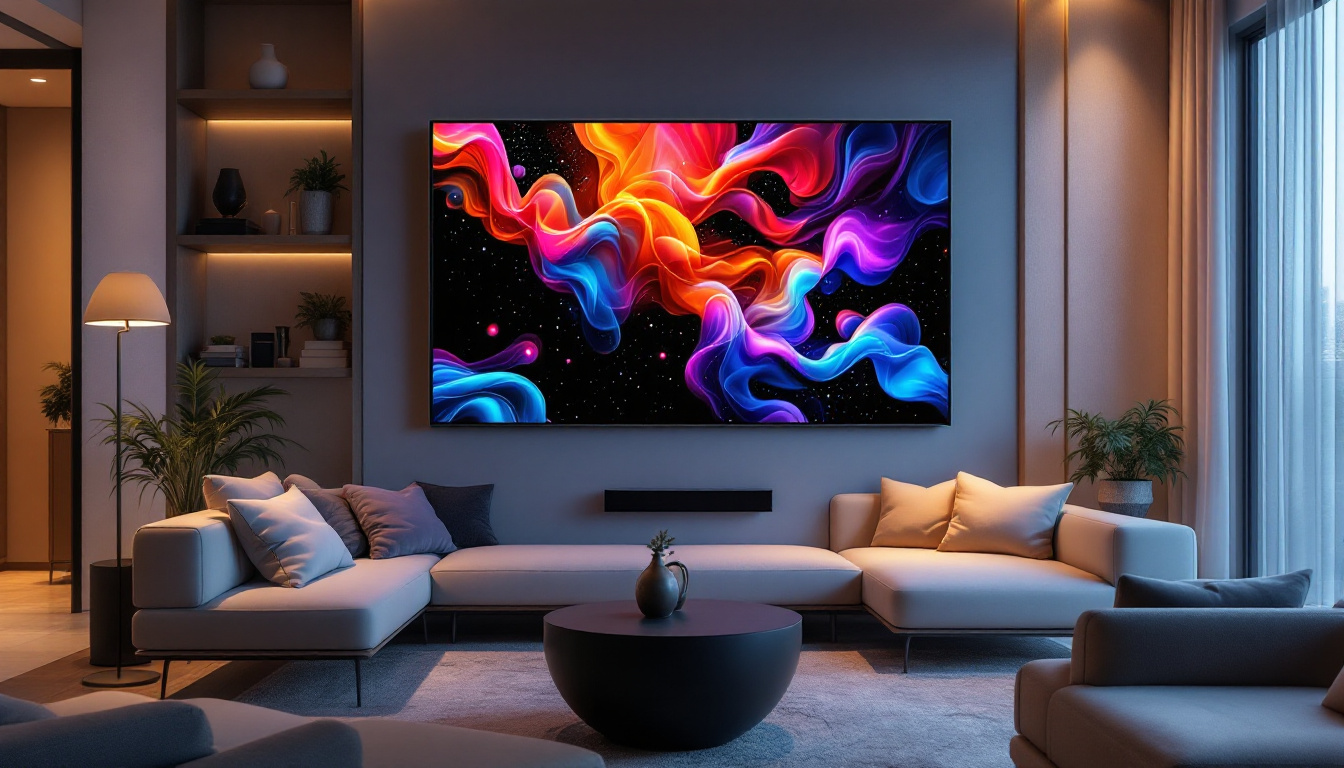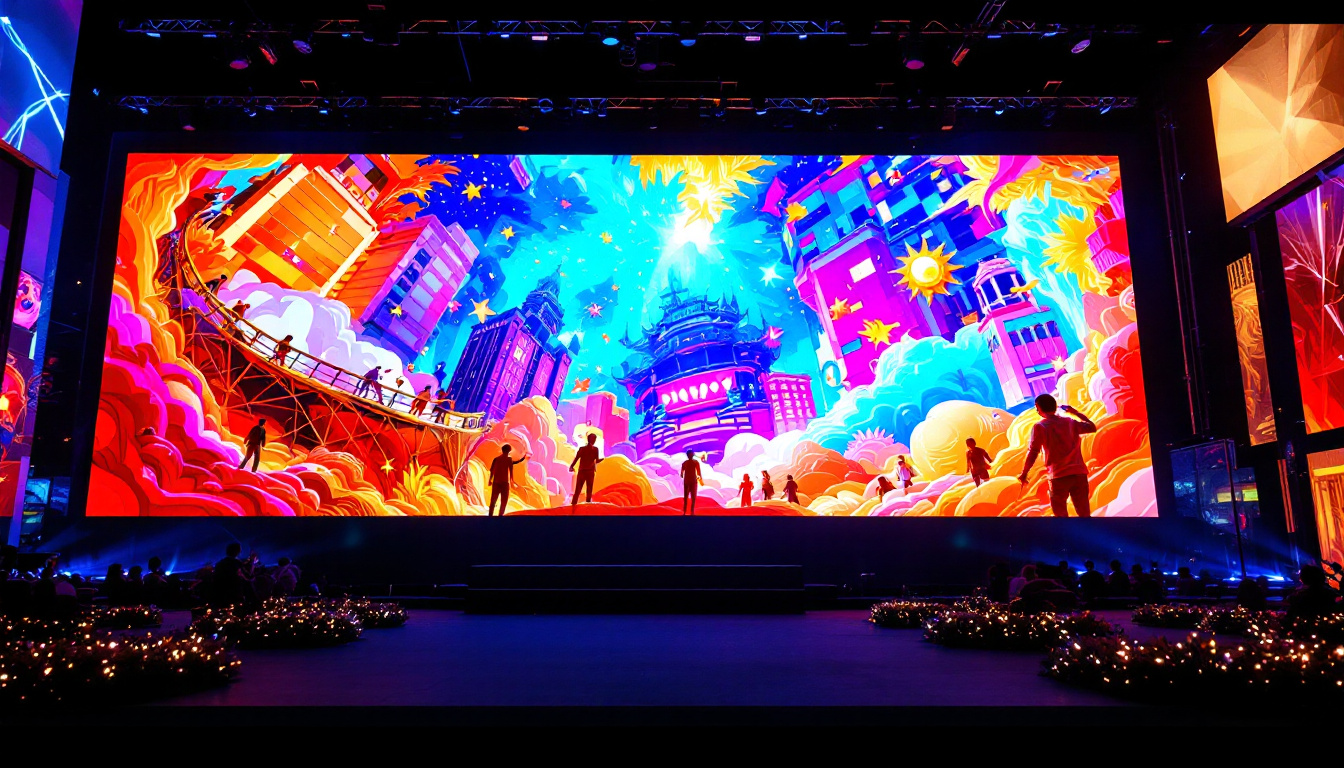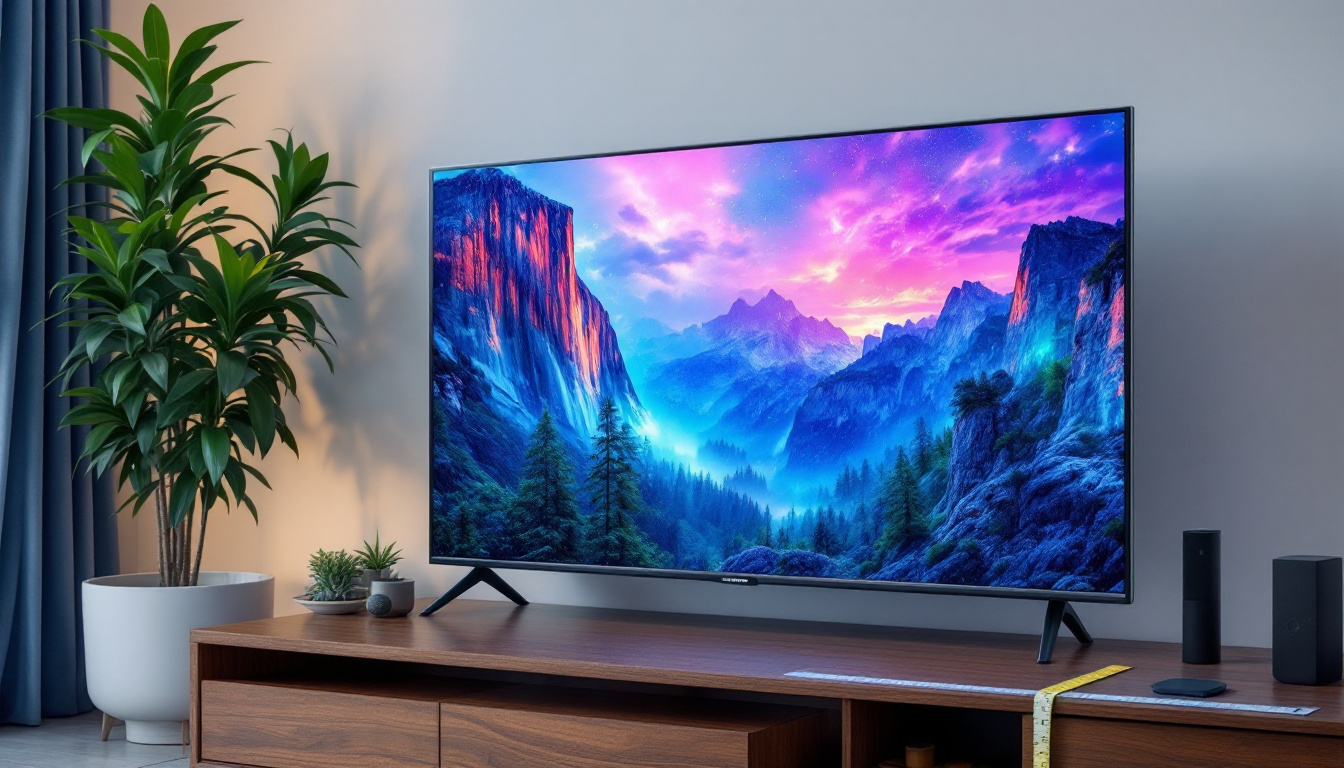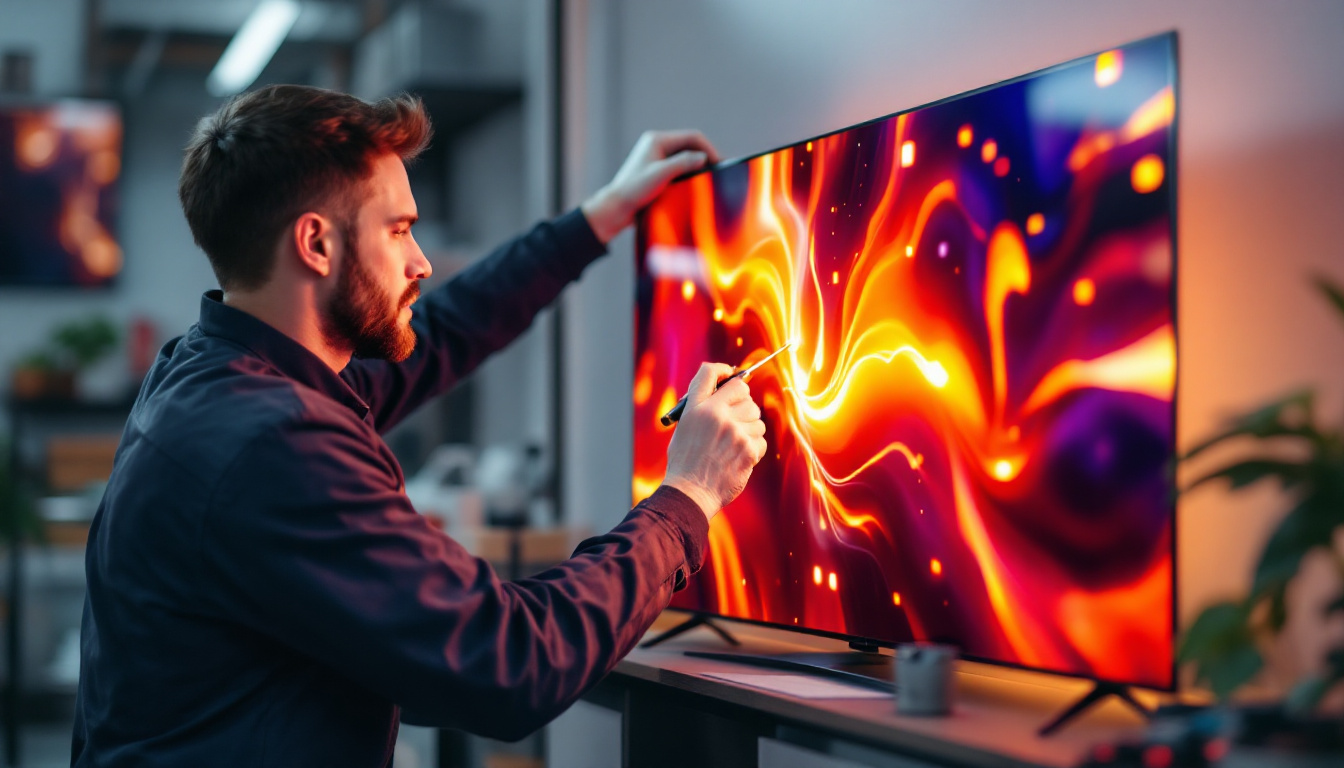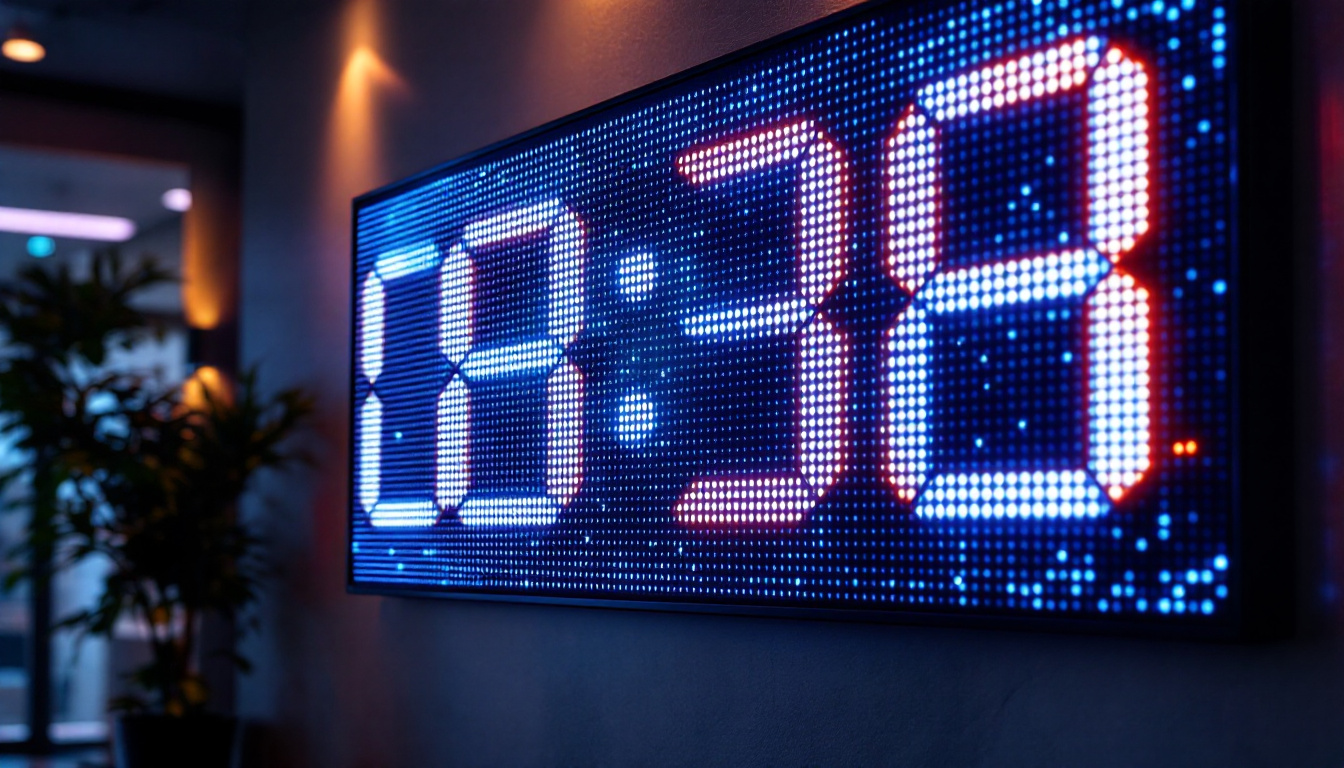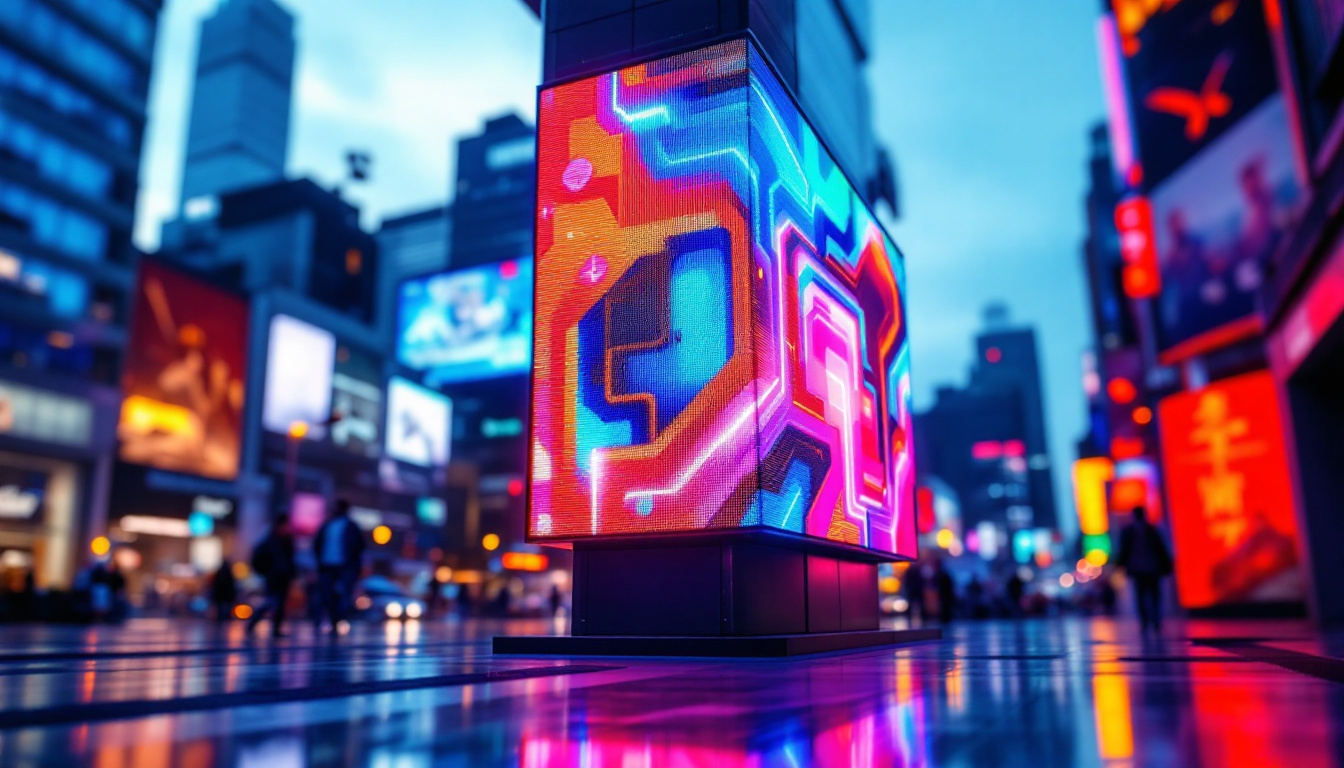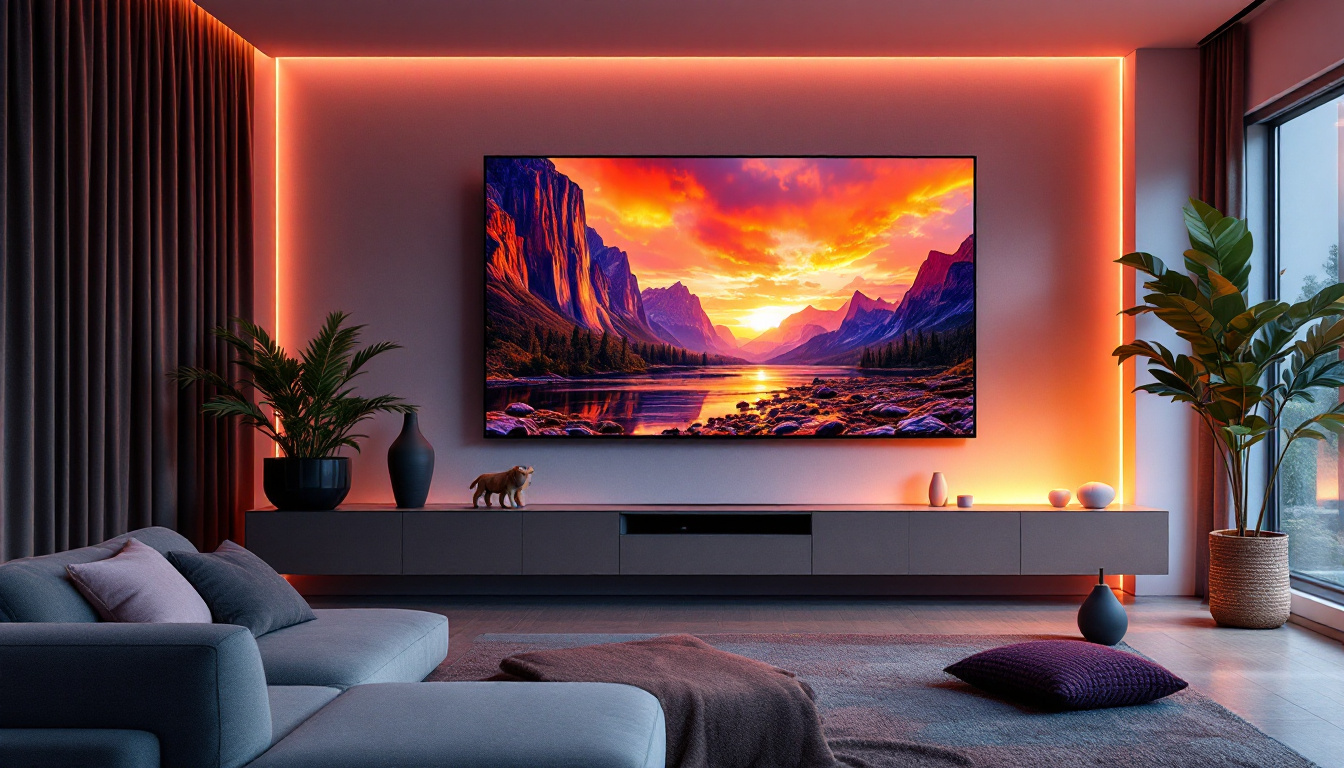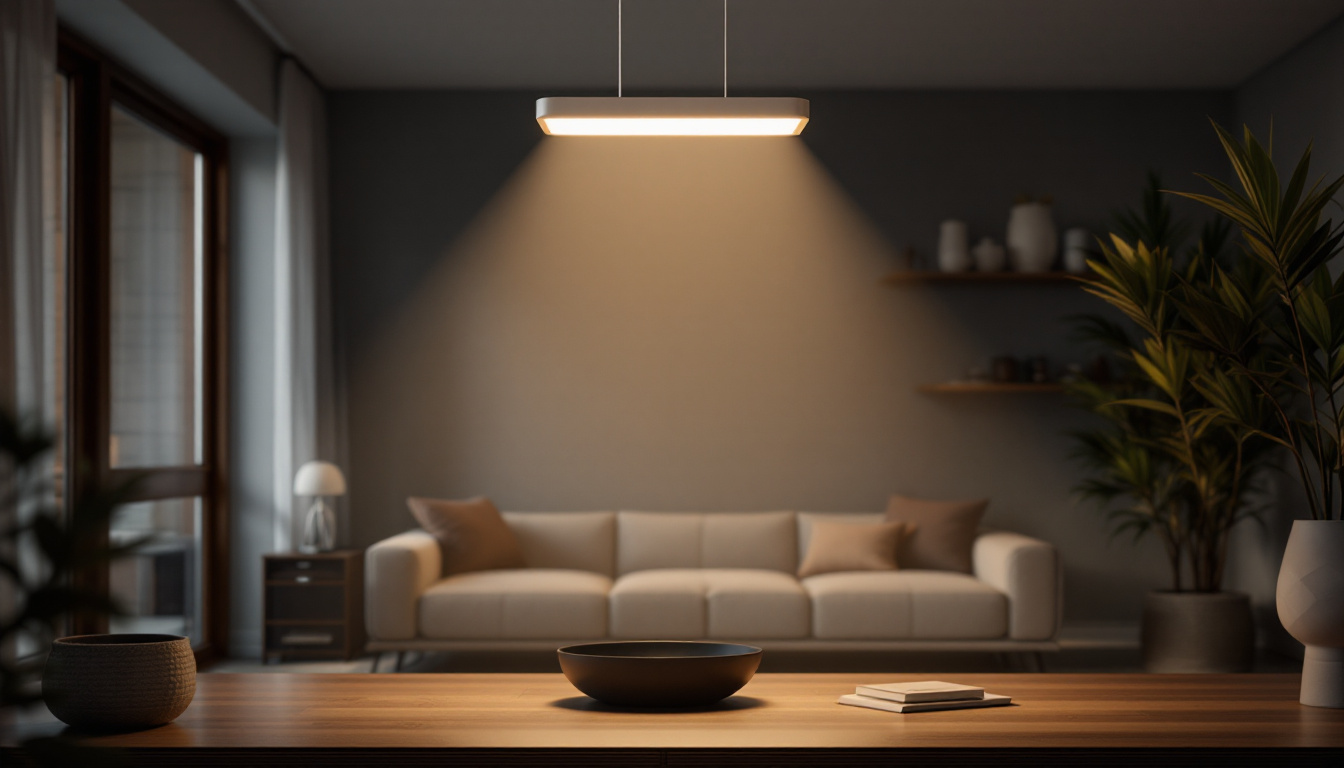The desktop monitor base serves as a crucial component of any computer setup, providing stability and support for the display. As technology has evolved, so too has the design and functionality of monitor bases, particularly in relation to LED displays. This article delves into the intricacies of desktop monitor bases, focusing on LED technology, its advantages, and the factors to consider when selecting the right monitor base for your needs.
Understanding LED Displays
LED (Light Emitting Diode) displays have revolutionized the way we view content on screens. Unlike traditional LCD displays that use fluorescent backlighting, LED displays utilize small diodes that emit light, resulting in brighter images and more vibrant colors. This technology has become the gold standard in modern monitors, offering various benefits that enhance the user experience.
How LED Displays Work
At the core of LED technology is the concept of electroluminescence. When an electric current passes through a semiconductor material, it emits light. In LED displays, thousands of these tiny diodes are arranged in a grid, allowing for precise control over brightness and color. This arrangement not only improves energy efficiency but also contributes to a thinner, lighter design compared to older display technologies.
There are two primary types of LED displays: edge-lit and backlit. Edge-lit displays have LEDs positioned along the edges of the screen, while backlit displays feature a grid of LEDs behind the entire screen. Backlit displays typically offer better color accuracy and uniformity, making them a popular choice for professional applications. Furthermore, advancements in technology have led to the development of OLED (Organic LED) displays, which utilize organic compounds to emit light and provide even deeper blacks and a wider color gamut, enhancing the visual experience even further.
Advantages of LED Displays
LED displays come with a myriad of advantages that make them an appealing choice for both casual users and professionals. One of the most significant benefits is their energy efficiency. LED technology consumes less power than traditional displays, leading to lower electricity bills and a reduced carbon footprint.
Moreover, LED displays offer superior brightness and contrast ratios, resulting in sharper images and more vivid colors. This is particularly important for tasks that require precise color reproduction, such as graphic design and photo editing. Additionally, LED monitors have faster response times, which can enhance the gaming experience by reducing motion blur. The durability of LED displays is another noteworthy advantage; they are less prone to screen burn-in compared to older technologies, ensuring a longer lifespan and consistent performance over time. This resilience makes them ideal for varied environments, from busy offices to home theaters, where they can withstand extended use without compromising quality.
The Role of the Monitor Base
The monitor base plays a vital role in ensuring the stability and ergonomics of a desktop setup. A well-designed base not only supports the weight of the monitor but also allows for adjustments that can enhance comfort and productivity. Understanding the different types of monitor bases available can help users make informed decisions tailored to their specific needs.
Types of Monitor Bases
Monitor bases come in various forms, each designed to cater to different user preferences and requirements. The most common types include fixed bases, adjustable stands, and VESA mounts. Fixed bases are the simplest option, providing a stable platform without any adjustable features. While they are often more affordable, they may not accommodate users who require flexibility in their setup.
Adjustable stands, on the other hand, offer a range of features, including height adjustment, tilt, and swivel capabilities. These features allow users to customize their viewing angles, promoting better posture and reducing strain during extended use. For those looking for a more versatile solution, VESA mounts can be an excellent choice. These mounts enable users to attach their monitors to wall brackets or articulated arms, freeing up valuable desk space and allowing for greater flexibility in positioning.
Choosing the Right Monitor Base
Selecting the appropriate monitor base involves considering several factors, including monitor size, weight, and intended use. For larger monitors or those with a higher weight, a sturdy base is essential to ensure stability. Additionally, users should assess their workspace and determine whether an adjustable stand or VESA mount would better suit their needs.
Ergonomics should also be a top priority when choosing a monitor base. The ideal height and angle can significantly impact comfort and productivity, especially for those who spend long hours in front of a screen. Investing in an adjustable monitor base can lead to long-term benefits in terms of health and efficiency.
Moreover, the aesthetic aspect of a monitor base should not be overlooked. Many users prefer bases that complement their workspace decor, whether it be sleek and modern or more traditional. Some manufacturers offer customizable options, allowing users to choose colors or materials that match their personal style. This consideration can enhance the overall look of a workspace, making it not only functional but also visually appealing.
Additionally, the integration of cable management features in some monitor bases can greatly enhance the organization of a workspace. By providing pathways or clips for cables, these bases help reduce clutter and tangling, creating a cleaner and more professional appearance. This feature is particularly beneficial in environments where multiple devices are used, as it allows for a more streamlined setup, minimizing distractions and promoting focus on tasks at hand.
LED Display Features to Consider
When selecting a monitor, particularly one with LED technology, various features can enhance the overall experience. Understanding these features can help users make informed decisions that align with their specific needs and preferences.
Resolution and Screen Size
Resolution is a critical factor that determines the clarity and detail of images displayed on the screen. Common resolutions include Full HD (1920×1080), Quad HD (2560×1440), and 4K (3840×2160). Higher resolutions provide more pixels, resulting in sharper images, but they also require more powerful graphics capabilities. For instance, while 4K displays offer stunning visuals ideal for graphic design and video editing, they may necessitate a more robust GPU to fully leverage their potential.
Screen size is another important consideration. Larger screens can enhance productivity by providing more screen real estate for multitasking, but they also require more desk space. Users should evaluate their workspace and choose a size that fits comfortably while meeting their visual needs. Additionally, the viewing distance plays a role; for example, a 27-inch monitor might be perfect for a desk setup, but if placed too close, it could lead to eye strain. Therefore, it’s essential to find a balance between size and comfort to ensure an optimal viewing experience.
Refresh Rate and Response Time
For gamers and those who engage in fast-paced activities, refresh rate and response time are crucial specifications. The refresh rate, measured in hertz (Hz), indicates how many times the screen refreshes per second. A higher refresh rate leads to smoother motion and a more enjoyable gaming experience. Monitors with refresh rates of 120Hz or higher are increasingly popular among competitive gamers, as they provide a significant advantage in fast-paced scenarios where every millisecond counts.
Response time, measured in milliseconds (ms), refers to how quickly a pixel can change from one color to another. Lower response times minimize motion blur, making them particularly important for gaming and video playback. Users should look for monitors with a refresh rate of at least 60Hz and a response time of 5ms or lower for optimal performance. Furthermore, technologies such as Adaptive Sync and G-Sync can further enhance the experience by synchronizing the refresh rate of the monitor with the frame rate of the graphics card, eliminating screen tearing and ensuring a fluid visual experience. These features are especially beneficial for gamers seeking to maximize their performance and immersion in the virtual world.
Ergonomics and User Comfort
As the importance of ergonomics in the workplace continues to gain recognition, the design of monitor bases and displays has evolved to prioritize user comfort. Proper ergonomics can significantly reduce the risk of strain and injury, making it essential to consider these factors when setting up a workstation.
Adjustability Features
Adjustability is a key aspect of ergonomic monitor bases. Features such as height adjustment, tilt, and swivel allow users to find their ideal viewing position, reducing neck and eye strain. A monitor that is too high or too low can lead to discomfort over time, so investing in an adjustable base can pay dividends in terms of health and productivity.
In addition to height and angle adjustments, some monitor bases offer rotation capabilities, allowing users to switch between landscape and portrait orientations. This feature can be particularly beneficial for tasks such as coding or reading long documents, where a vertical display can provide a better view of content.
Blue Light Filtering and Flicker-Free Technology
Another consideration for user comfort is the presence of blue light filtering and flicker-free technology in LED displays. Prolonged exposure to blue light emitted by screens can lead to eye fatigue and disrupted sleep patterns. Monitors equipped with blue light filtering technology can help mitigate these effects, making them a wise choice for users who spend long hours in front of a screen.
Flicker-free technology is designed to eliminate screen flickering, which can contribute to eye strain and discomfort. By providing a stable image, flicker-free monitors enhance the overall viewing experience, allowing users to work or play for extended periods without experiencing fatigue.
Conclusion
In summary, the desktop monitor base is an essential component of any computer setup, particularly when paired with LED display technology. Understanding the intricacies of LED displays, the various types of monitor bases available, and the features that enhance user comfort can empower individuals to make informed choices that improve their overall experience.
As technology continues to advance, the importance of ergonomics and user comfort will only grow. By prioritizing these factors and selecting the right monitor base, users can create a workspace that not only meets their needs but also promotes health and productivity. Whether for gaming, professional work, or casual use, the right combination of monitor and base can make all the difference in the digital experience.
Explore LumenMatrix LED Display Solutions
Ready to elevate your workspace and enhance your visual experience? Discover the innovative world of LumenMatrix, where cutting-edge LED display technology meets ergonomic design. From vibrant Indoor LED Walls to dynamic Outdoor Displays and beyond, LumenMatrix offers a wide range of solutions tailored to your unique needs. Whether you’re looking to boost brand visibility, create immersive environments, or simply improve your daily digital interactions, our LED display modules are designed to captivate and impress. Check out LumenMatrix LED Display Solutions today and transform the way you connect and communicate.

